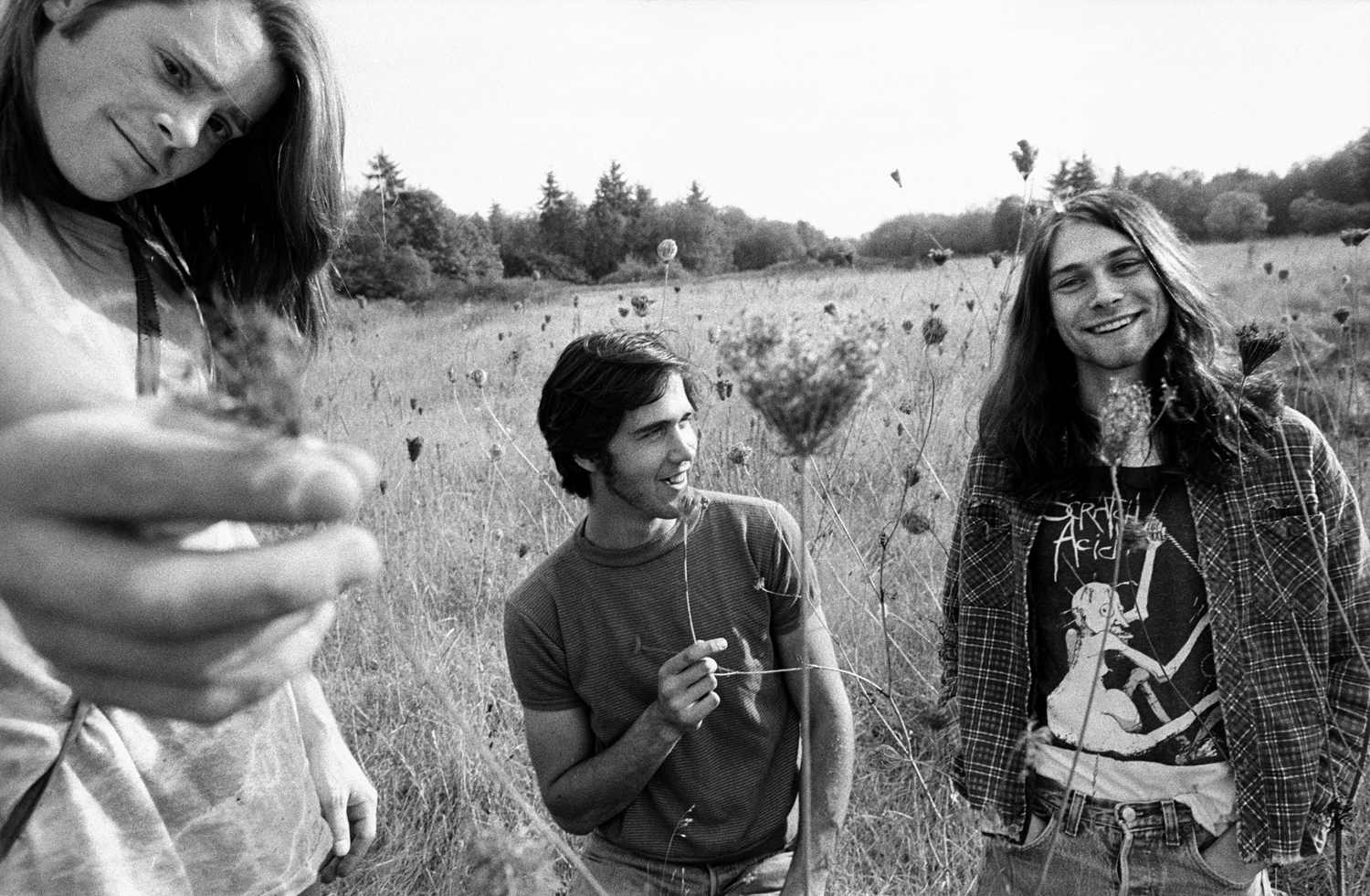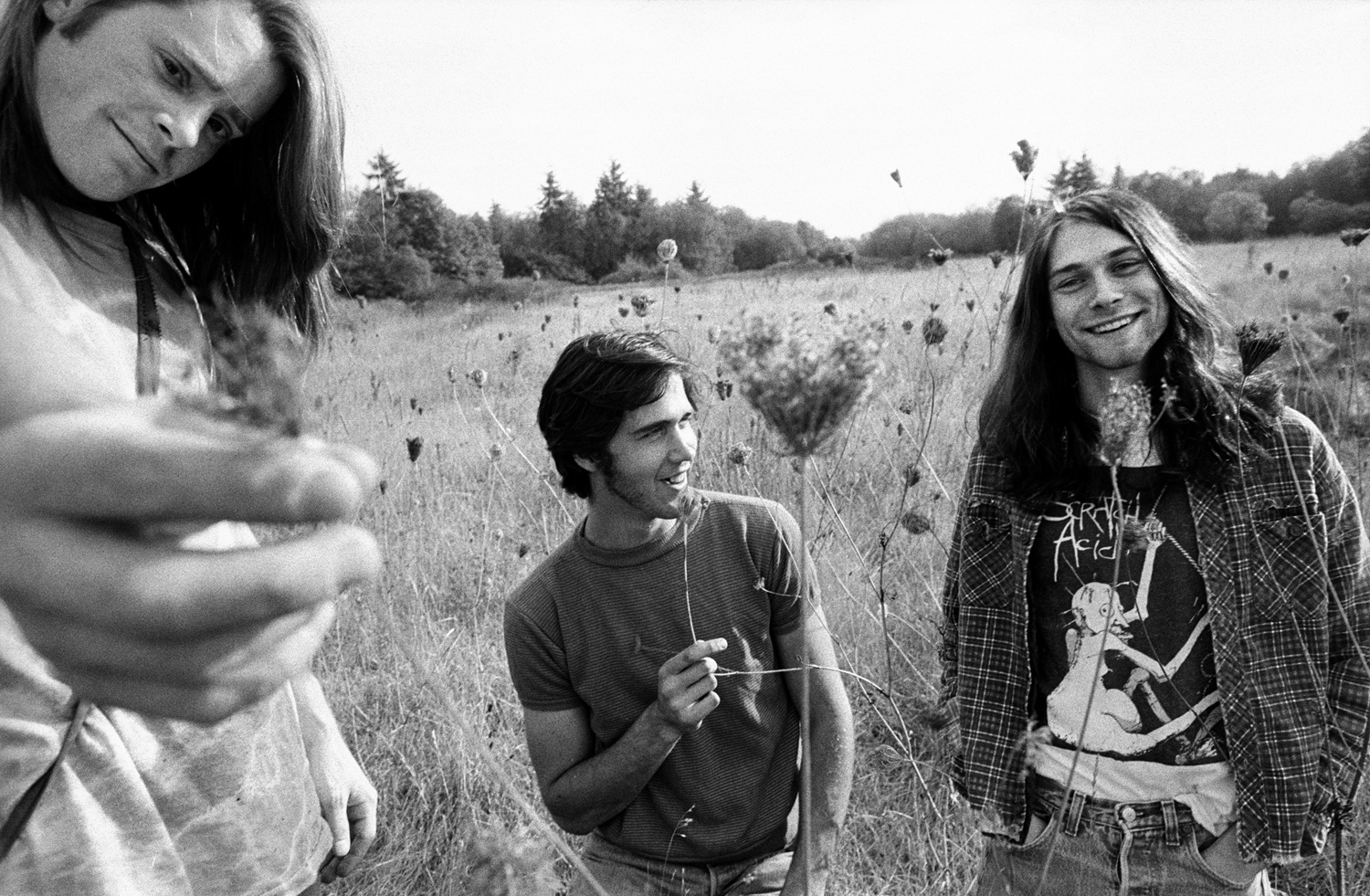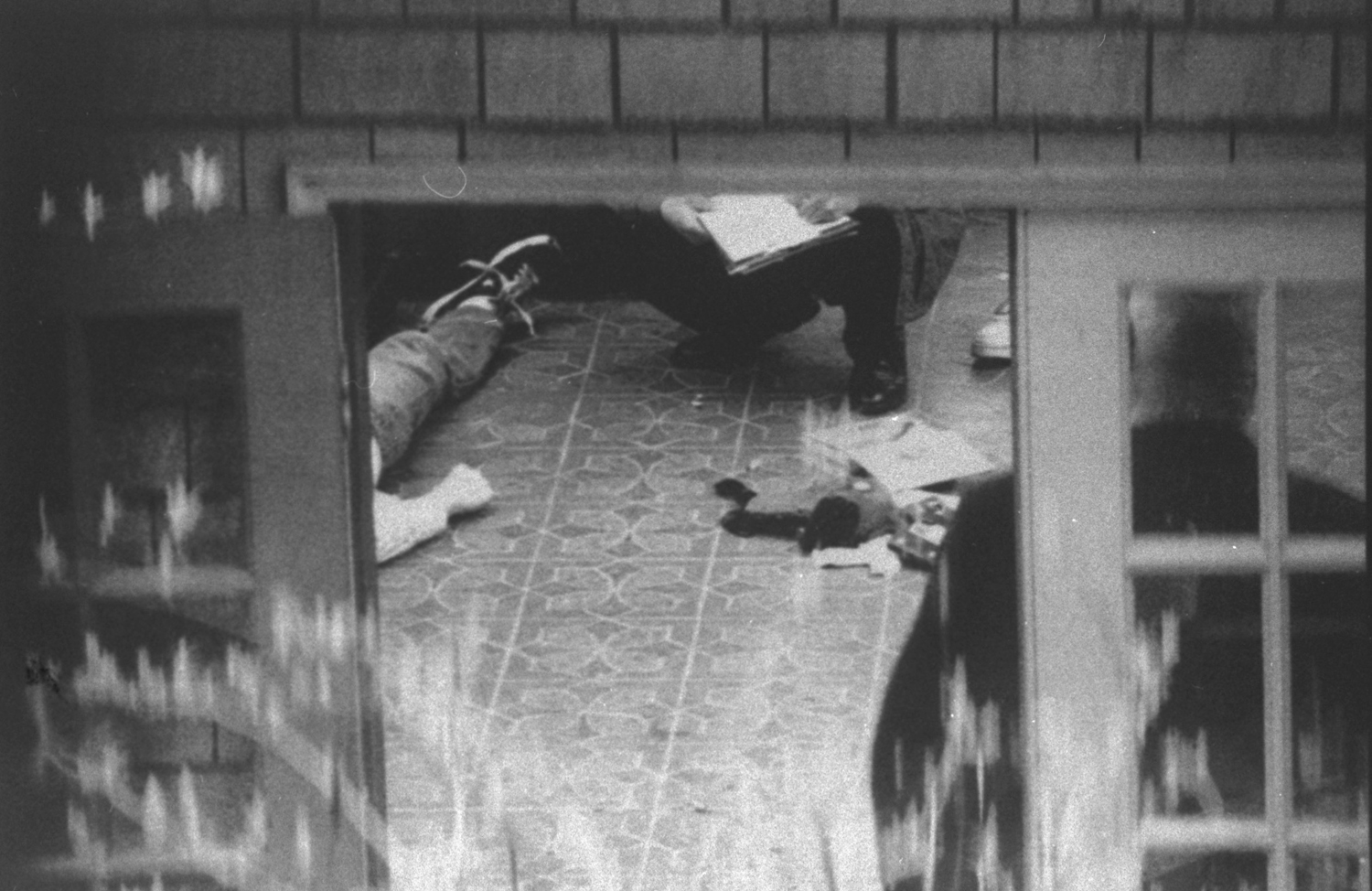
In commemoration of Kurt Cobain’s April 1994 death, LIFE Books recently released a tribute volume, Remembering Kurt Cobain: 20 Years Later. The book — which features photographs of Cobain, Nirvana, Courtney Love and others, both famous and long-forgotten, and tells the story of a young man who buckled beneath the weight of enormous, unwanted fame — is available now on newsstands and in bookstores everywhere. Look for it.
Kurt Cobain was just 27 when he died in April 1994. Thus he’s a member — along with Robert Johnson, Jimi Hendrix, Janis Joplin, Amy Winehouse, Jean-Michel Basquiat and so many others — of the grimly illustrious “27 Club” of notables who died at that absurdly young age. What’s difficult to grasp now about Cobain’s death, however, is not that he died so young, but that it’s been a full two decades since the news of his suicide shocked millions in America and around the world.
Few frontmen in the history of rock possessed the tortured Washington State native’s thrilling, unsettling admixture of tenderness and ferocity. Just listen to Nirvana’s “unplugged” version of the old folk-blues standard, “In the Pines” (or, as it’s listed in their discography, “Where Did You Sleep last Night”), recorded in New York in 1993. As beautifully raucous as Nirvana’s concerts and recordings could be, the emotional intensity of Cobain’s acoustic interpretation of that one tune — and especially the harrowing sound of his voice peaking, and cracking, near its end — suggests that sheer volume had little to do with the notoriously loud band’s greatest strengths.
Instead, Nirvana mattered because they played like their lives depended on it — whether they were blowing the roof off of an arena, or quietly mesmerizing a rapt audience in a darkened club.
Ahead of the release of Remembering Kurt Cobain, here is an excerpt from the book’s superb introduction, written by LIFE Books’ managing editor, Bob Sullivan.
How badly did Kurt Cobain (who, with his insecurities and drug addictions, was ill-equipped to deal with fame anyway) hate celebrity? Very badly, it seems. At the apex of Nirvana’s success, he said he wished he could quit that gig and be a sideman in his wife’s band, Hole. When you think about it, that’s a unique admission. Diana Ross always wanted to step forward, not back. It’s unlikely that John and Paul ever longed to be sidemen for Yoko and Linda. When Nirvana’s perfect drummer, Dave Grohl, moved on from the band after Cobain’s death, he moved forward from the drums and became the front man. Kurt Cobain was an altogether different bird.
He detested the macho metal culture and, in trying to find something else, created something entirely new. He didn’t invent grunge any more than Bill Haley invented rock ’n’ roll, but he was grunge. And by the time grunge was in the glory days of its media moment, he was already damaged, and already reluctant.
Kurt Cobain killed himself with a shotgun on April 5, 1994. His body wasn’t discovered for three days. His suicide note — believed by some to be just another bit of contrived evidence in a conspiracy to cover up his murder — is unbearably sad.
Nirvana has sold more than 75 million albums worldwide. On April 10, 2014 — almost exactly 20 years after Kurt Cobain drew his last breath — the band will be inducted into the Rock and Roll Hall of Fame.


More Must-Reads from TIME
- Cybersecurity Experts Are Sounding the Alarm on DOGE
- Meet the 2025 Women of the Year
- The Harsh Truth About Disability Inclusion
- Why Do More Young Adults Have Cancer?
- Colman Domingo Leads With Radical Love
- How to Get Better at Doing Things Alone
- Michelle Zauner Stares Down the Darkness
Contact us at letters@time.com